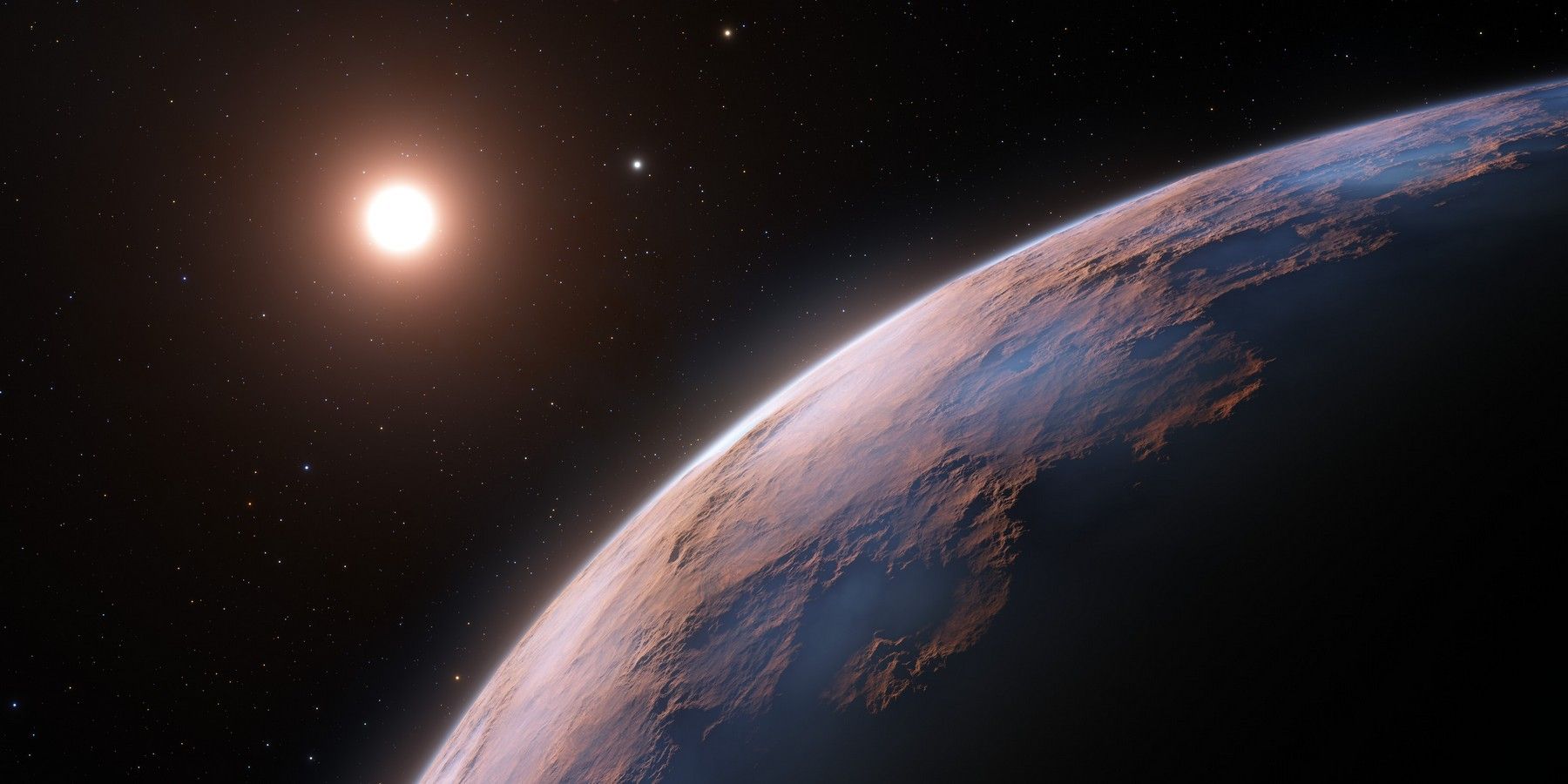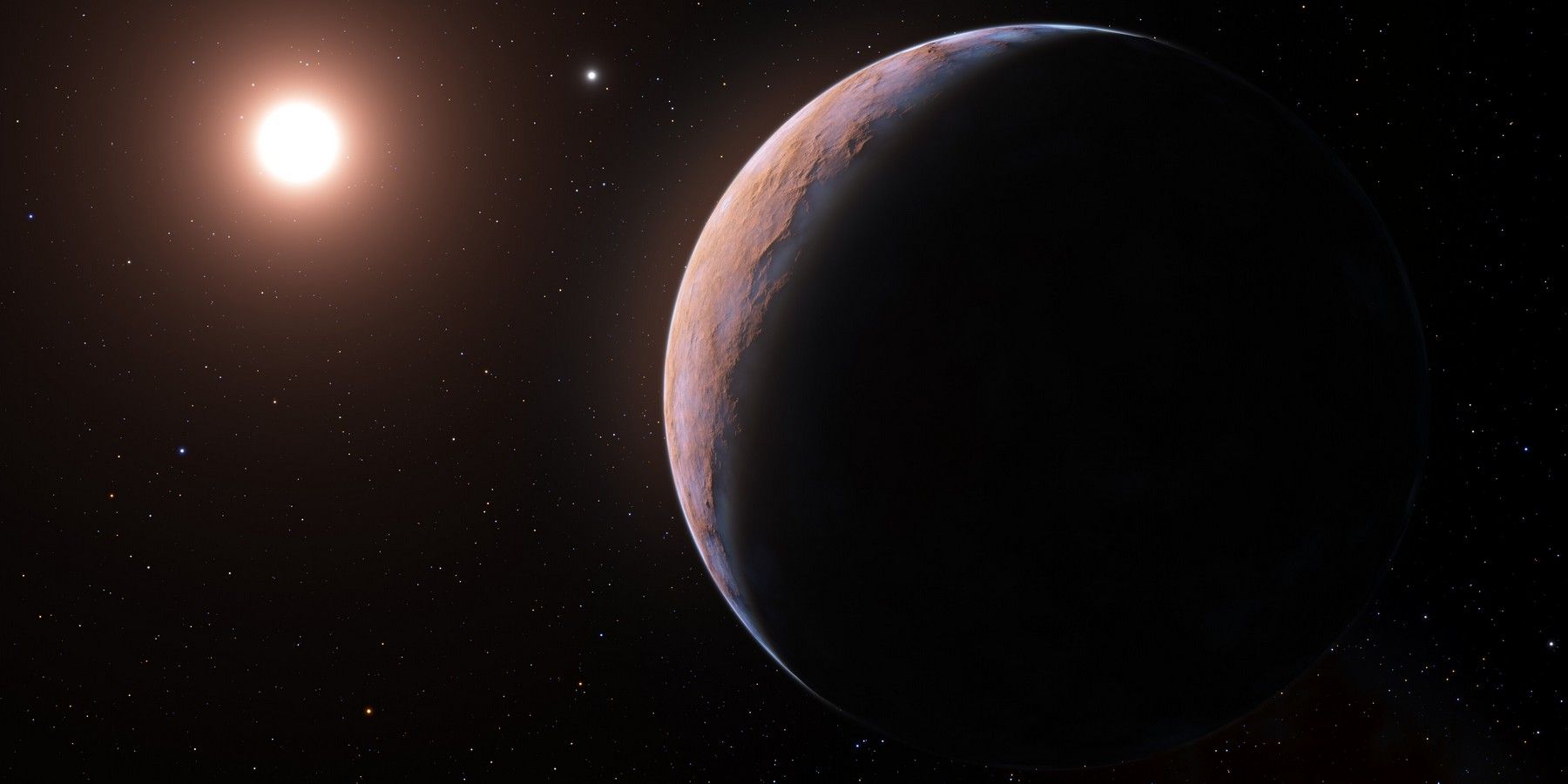Astronomers say they have discovered a third planet orbiting Proxima Centauri, circling the star outside its habitable zone in space, essentially shutting the doors for finding liquid water and possible life-like conditions. Located in the Centaurus constellation, the star is barely over four light-years away from Earth, but due to its low luminosity, it is not visible to the naked eyes. Occasionally, it has been documented to exude brilliant bursts of starlight.
Interestingly, Proxima Centauri is part of a triple-star system that has two other stellar companions named Alpha Centauri A and B. Scientists have already known about two planets circling the star, calling them Proxima Centauri b and Proxima Centauri c. But in 2019, a team of international astronomers with experts from the University of Geneva discovered signs of a third planet with a predicted mass of about 0.29 Earth masses.
A study published in Astronomy & Astrophysics now presents evidence of a third planet, called Proxima Centauri d, that falls in the sub-Earth category of planetary bodies owing to their mass. Observed using the European Southern Observatory’s Very Large Telescope (ESO’s VLT) in Chile, the third planet discovered circling Proxima Centauri has a mass of about one-fourth (0.26 ± 0.05) that of Earth and is said to be one of the lightest exoplanets ever found. It circles around Proxima Centauri at a distance of about 4.3 million kilometers, which is said to be less than a tenth of Mercury’s distance from the Sun, measured to be 57,900,000 kilometers as per NASA data.
Ideal For Exploration, But Likely No Life
What is really fascinating is that Proxima Centauri d is that it takes just about five days to complete one circle, but lives outside the habitable zone of its host star. For the unaware, the habitable zone is essentially the range of distances from a star in which liquid water can exist on a circling planet’s surface. For a body like Proxima Centauri, the habitable zone is much closer to the star. In the case of the Sun, the only planet falling in its habitable zone is the Earth. Mercury and Venus are too close to host liquid water, while Mars is too far off. However, recent research suggests that the red planet once had flowing water and even recorded massive flash floods.
Researchers put the equilibrium temperature of Proxima Centauri D somewhere around 85 degrees Celcius, a lot higher than the chilly landscapes in the far-flung of Earth’s own solar system and much lower than hellfire-raining exoplanets spotted in other star systems. But there’s a catch here. The team behind the discovery is still treating Proxima Centauri d as only a ‘planet candidate’ body. It means they need independent verification of the data to confirm whether it falls in the category of planets. Nonetheless, it’s a special case, primarily because Proxima Centauri’s closeness to Earth makes it one of the best candidates for exploring planets outside Earth’s own solar system.
Source: Astronomy & Astrophysics, ESO, NASA



